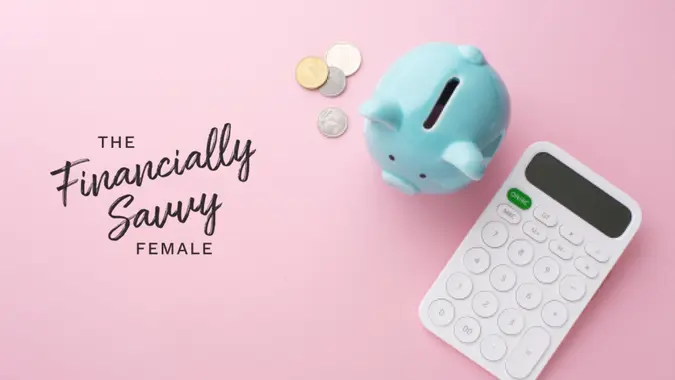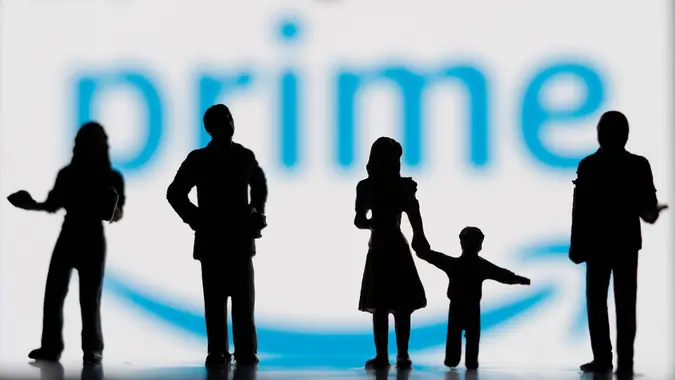3 Small Savings Mistakes That Add Up Quickly

Commitment to Our Readers
GOBankingRates' editorial team is committed to bringing you unbiased reviews and information. We use data-driven methodologies to evaluate financial products and services - our reviews and ratings are not influenced by advertisers. You can read more about our editorial guidelines and our products and services review methodology.

20 Years
Helping You Live Richer

Reviewed
by Experts

Trusted by
Millions of Readers
Saving money sounds pretty straightforward. Spend less than you earn, then put the difference in a savings account and watch it grow. But in reality, there are many small savings mistakes that could chip away at your savings without you realizing it.
Here are three common savings mistakes that may not seem serious but could actually affect your bank account in the long run.
Carrying a Balance on Your Credit Card
There’s nothing wrong with using your credit card to pay for things. The issues come when you don’t pay the balance off in full.
According to Navy Federal Credit Union, the current average APR is over 20%, even for people with excellent credit scores. That means if you carry a $5,000 balance and only make the minimum payment, you could end up paying around $1,000 in interest in just a year.
So, make sure that every time you swipe your credit card, you’re only using it on items that you can pay off in full when your bill is due.
Parking Cash in a Low-Yield Account
Another common savings mistake is keeping your money in a basic savings account that earns close to zero interest. Many traditional banks offer an APY of just 0.01%. On $10,000 in savings, that’s literally only a single dollar in a year. When you take into account inflation and the rising cost of living, you’re basically losing money.
Instead of parking your cash in traditional savings accounts, use a high-yield savings account. Many high-yield savings accounts today pay 4% or more. That same $10,000 could earn $400 in interest in a year without any extra effort from you.
Note that high-yield savings accounts may have limits on the number of withdrawals or how much money you can take out each statement cycle.
Ignoring Small Fees
Bank fees, ATM charges and subscription renewals are typically small fees that are easy to ignore. But even though a $5 monthly account fee or a couple of $3 ATM charges might not sound like a lot, they start to look pretty serious when you add them up:
- $5 a month in account fees = $60 a year.
- Two $3 ATM withdrawals a week = over $300 a year.
- Three unused subscriptions at $10 a month = $360 a year.
Altogether, that’s more than $700 annually. You could use that money to cover a flight, a new laptop or add to your retirement funds.
To avoid these fees from slowing down your savings rate, you’ll want to look for fee-free accounts, use in-network ATMs and audit your subscriptions regularly.
Don’t Let the Small Stuff Slip
The problem with these little money mistakes is that they don’t feel dangerous. Carrying a balance of a few hundred dollars on your credit card, a regular savings account that barely pays any interest or a couple of $5 charges here and there — none of these seems likely to wreck your budget. But give it a few months (or years), and you’ll start noticing the difference.
The good news is you don’t have to overhaul your whole life to fix it. Pay off your cards every month, park your money somewhere that actually earns interest and keep an eye on fees and subscriptions. Do those three things, and you’ll keep way more money in your pocket without changing much else.
 Written by
Written by  Edited by
Edited by 

























